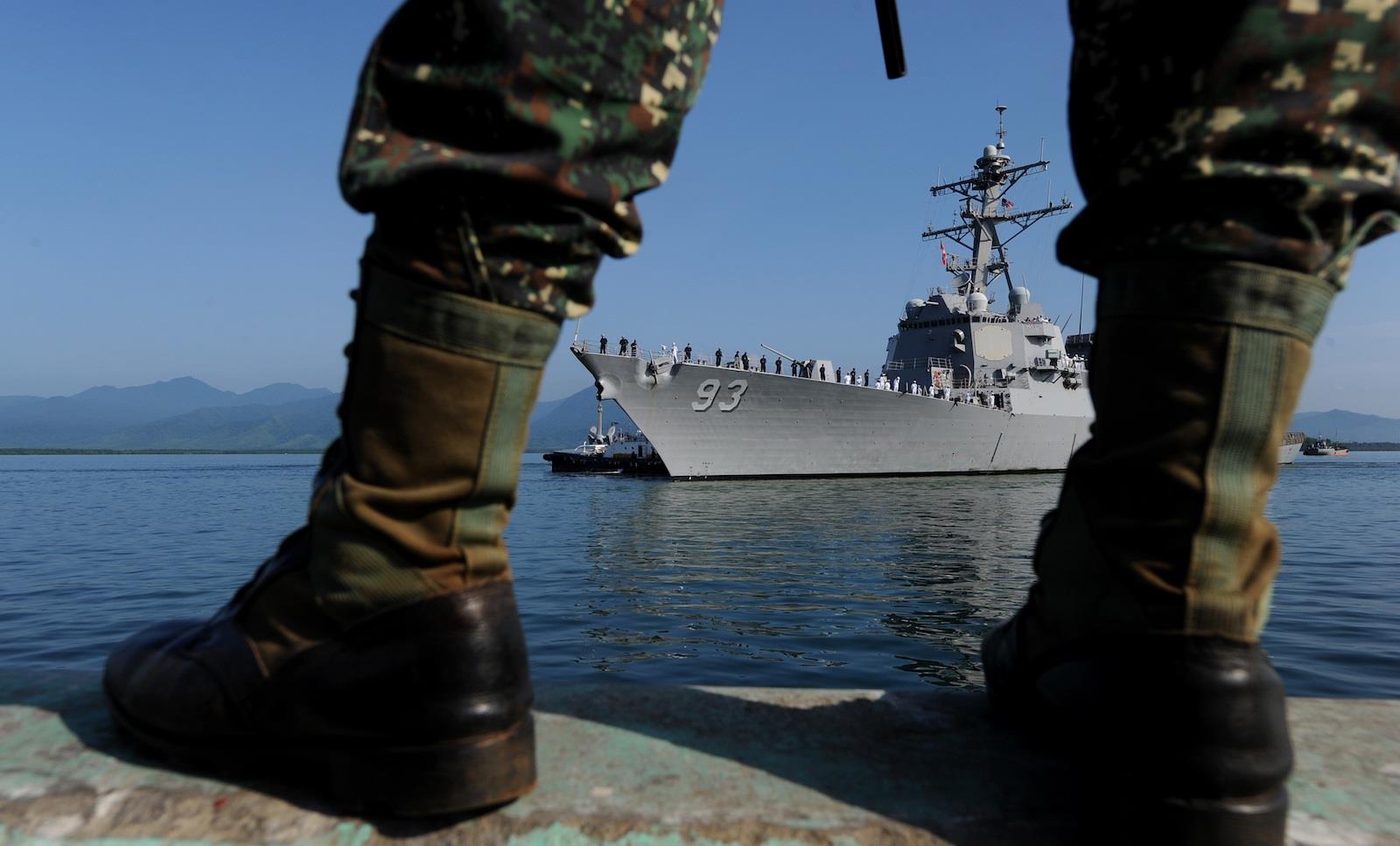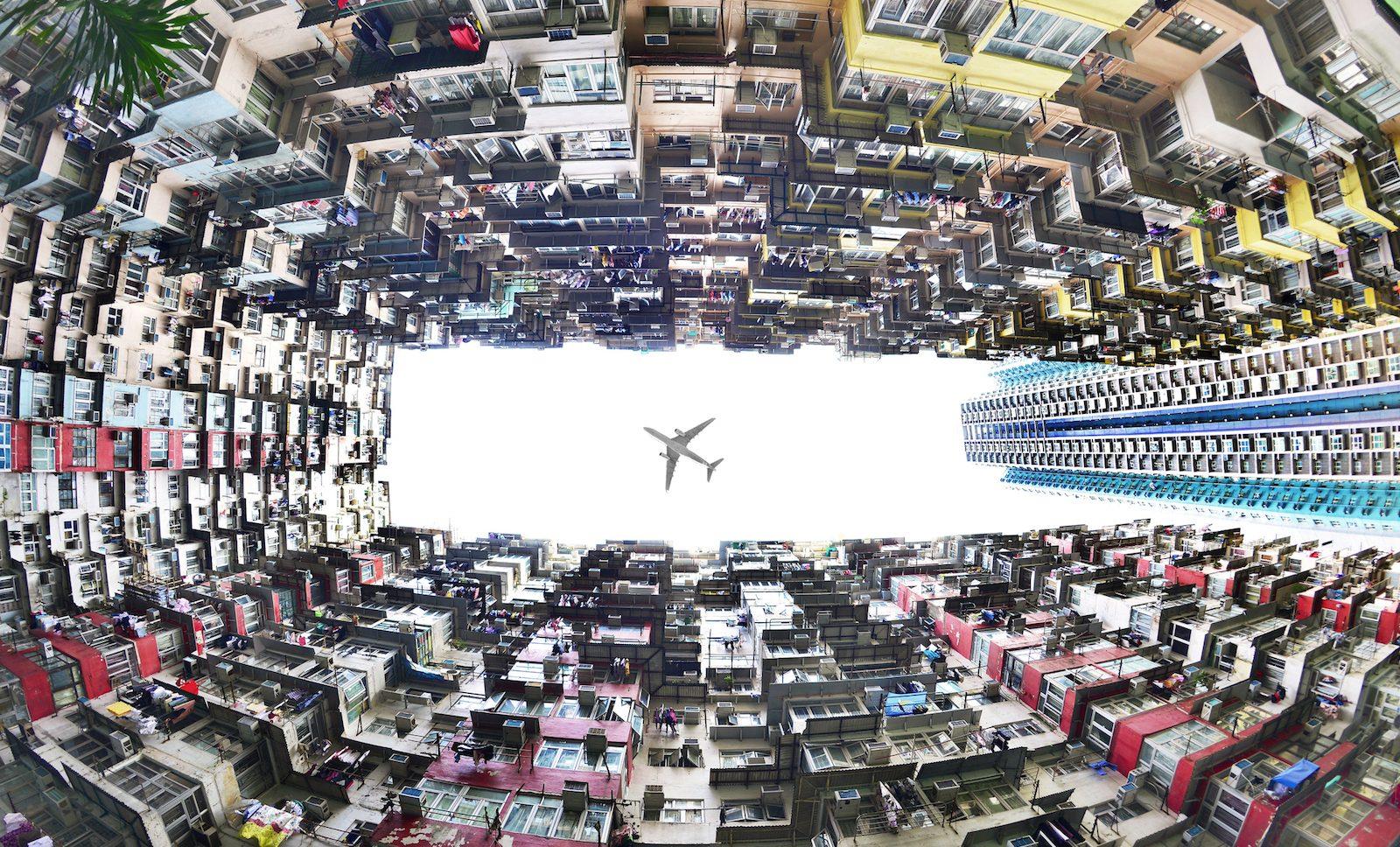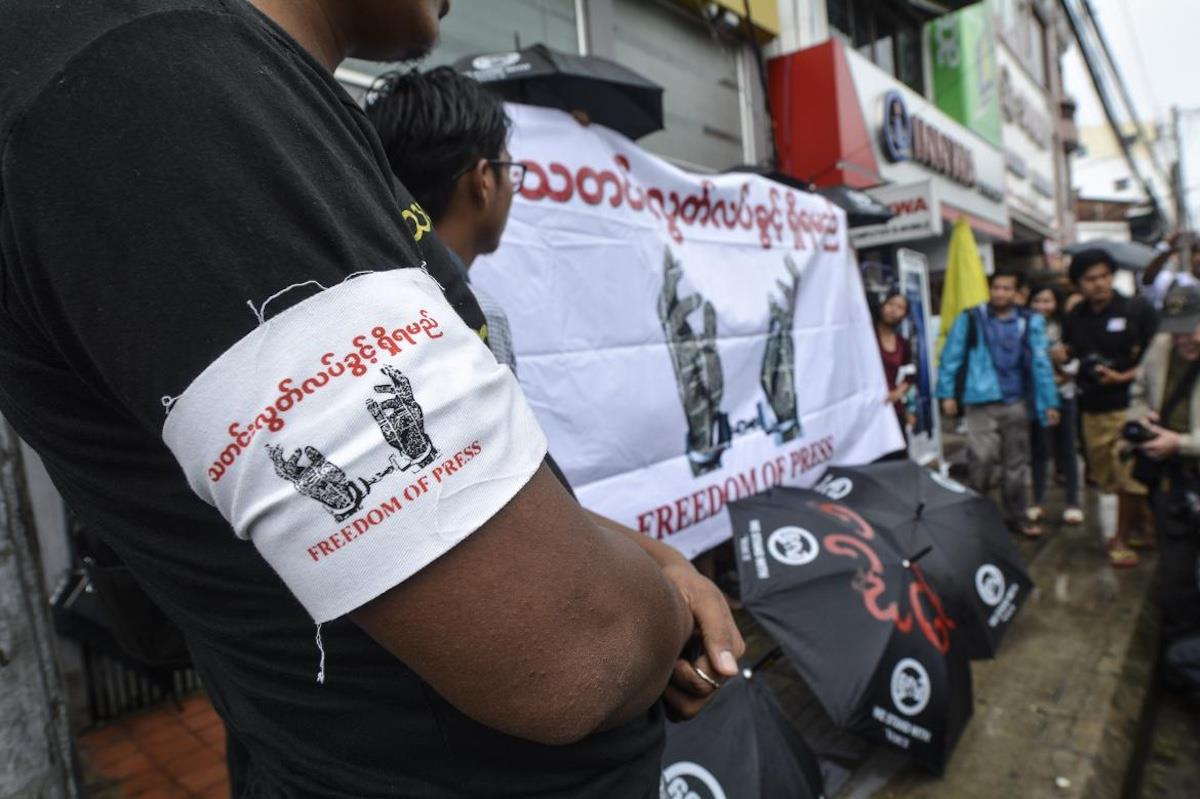
Does Independent Journalism Have A Future?
The latest Reporters Without Borders' World Press Freedom Index found that in seven out of ten countries worldwide, the press freedom environment is“bad”, while UNESCO's latest World Trends in Freedom of Expression and Media Development: Global Report revealed how 85% of the world's population experienced a decline in press freedom in their country in the preceding five years.
Contributing factors for this deterioration include the rise in authoritarianism causing more journalists to be persecuted for doing their job, the spread of disinformation and propaganda eroding public trust in media and the general collapse of the media market. These trends resonate particularly strongly in the Asia-Pacific media landscape where government-sanctioned persecution of independent media is commonplace.
The Asia-Pacific, which accounts for 60% of the world's population , is home to some of the worst countries for journalists, with multiple countries ranking the lowest among the 180 countries included in the RFS Index China (179th),
Vietnam (178th), Myanmar (172nd), and India (161st).
China has been named the biggest jailer of journalists for the past two consecutive years, followed by Myanmar. In Afghanistan, women journalists are banned, and as one of my colleagues put it,“it is virtually illegal to be a woman in Afghanistan.”

The reckoning: Chinese car wars

When will US come to the Philippines' defense?
The spread of disinformation and propaganda has also played a major role in diminishing public trust in the media. State-sponsored information manipulation has always existed before the Internet age, but the advance of technology has accelerated the problem.
In a world where we are inundated with information and anyone can create and publish information at just a click of a button, distinguishing between trustworthy and false information becomes overwhelmingly difficult. Again, China tops the chart for being the biggest spreader of propaganda at home and abroad, especially in its home Asia-Pacific region.
Arguably, the biggest threat to independent journalism is the collapse of the media market. Across the globe, media outlets have been forced to shut as advertisers move their ad dollars to Big Tech. Major publications such as the Washington Post and the Los Angeles Times have struggled financially, even after they had been bought by billionaires .
Since 2016, ad revenues for the publishing sector have decreased by half while Big Tech, including Alphabet, Amazon and Meta alone, is estimated to take US$4 of every $10 from ads spent globally. Over the years, media outlets have been forced to shift their business models to rely heavily on Big Tech platforms for revenues. But just as they seem to have figured out the new ad ecosystem, Big Tech is now divorcing from the news industry.
The implications of this decline for emerging democracies and non-democratic countries are major. In the Asia-Pacific, the media landscape is overshadowed by self-censorship. Media outlets must toe their editorial line to remain open or face government-forced closure .
From Afghanistan to Myanmar, journalists have had to flee to safety and/or operate underground to get news to the public. The once vibrant media landscape in Cambodia has been reduced to two small independent outlets that can barely report on any issues without risking closure.
In the Pacific, China has been making concerted efforts to inch its influence over the media, including a recent report that discovered an official at the Chinese embassy in the Solomon Islands had attempted to provide its own narrative of the Taiwan election to local media on the island nation.
The lack of a financially viable business model further puts media outlets in the Asia-Pacific at risk of domestic and foreign influence. In India,“all the mainstream media are now owned by wealthy businessmen close to Prime Minister Narendra Modi”, according to the World Press Freedom Index analysis, while China uses content-sharing tactics to spread Beijing narratives abroad including in places like Indonesia.
Unfortunately, many remaining outlets in the region also rely heavily on donor funding to operate. The vulnerability of independent media leaves a vacuum in the information ecosystem, and citizens bear the brunt of that loss. They lack fact-based information to help them make informed decisions.
Across the Asia-Pacific and beyond, Internews works to address these challenges on multiple fronts.

Sign up for one of our free newsletters
- The Daily ReportStart your day right with Asia Times' top stories AT Weekly ReportA weekly roundup of Asia Times' most-read stories
Under our latest strategy plan , we identify seven elements of a healthy information ecosystem, which begins with open, affordable access to information; includes a diversity and plurality of information producers; supports the creation of accurate, locally relevant news and information; requires a legal framework on the side of citizens: needs viable business models; is enriched by engaged citizens; and prioritizes safety for all who produce and engage with information.
We provide skills training and funding support to journalists, especially those from small, independent media outlets, and citizen journalists to produce and publish fact-based content in local languages. We offer holistic safety support, including digital and psycho-social assistance through our Safe Sister curriculum and SAFETAG methodology.
We also work with media outlets to think through their business models and financial variability, including most recently through the launch of the Media Viability Accelerator .
Perhaps the bigger question is who should pay for good journalism? As a society, should independent journalism be considered a public utility? Should it be paid for like a public service, through taxpayer money? Until we figure out a business model that works for independent media in the digital world, their existence remains at risk and much more needs to be done.
Menghun Kaing is Senior Program Officer for the Asia-Pacific Region at
Internews Network , an international non-profit that promotes good quality information around the world.
Thank you for registering!
An account was already registered with this email. Please check your inbox for an authentication link.

Legal Disclaimer:
MENAFN provides the
information “as is” without warranty of any kind. We do not accept
any responsibility or liability for the accuracy, content, images,
videos, licenses, completeness, legality, or reliability of the information
contained in this article. If you have any complaints or copyright
issues related to this article, kindly contact the provider above.

















Comments
No comment